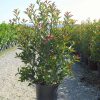Are you looking for the perfect houseplants for your living or office space? Whether you’re looking for a vibrant tropical flare or more subtle green foliage to liven up a corner, houseplants are always an exhilarating addition to your existing decor. Below we have a list of some of the most popular houseplants available in the Fort Worth area with some important care information.
Ficus
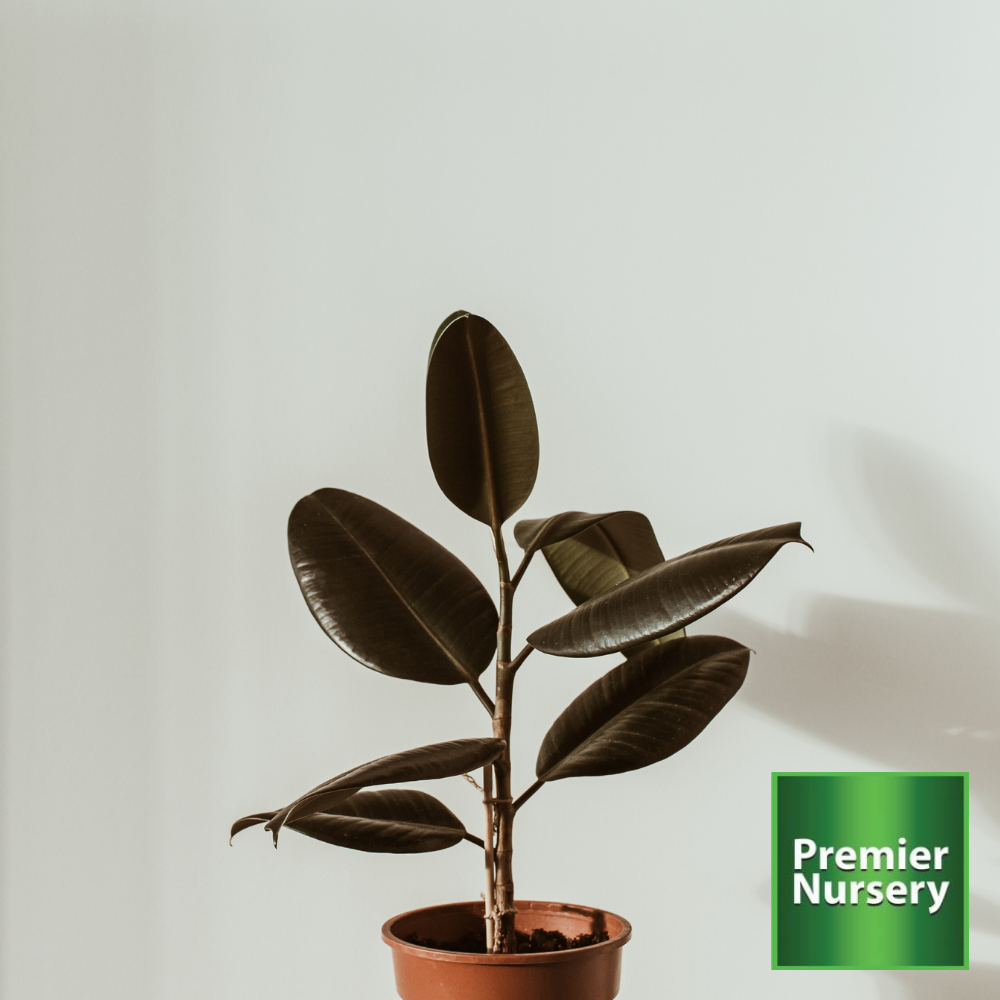 Ficus houseplants include Weeping Figs, Rubber Trees, Fiddle Leaf Figs, Ficus Daniella, Audrey Ficus, and Ficus Alii. Two of the most common ficus houseplants are the Weeping Fig and the Rubber Tree.
Ficus houseplants include Weeping Figs, Rubber Trees, Fiddle Leaf Figs, Ficus Daniella, Audrey Ficus, and Ficus Alii. Two of the most common ficus houseplants are the Weeping Fig and the Rubber Tree.
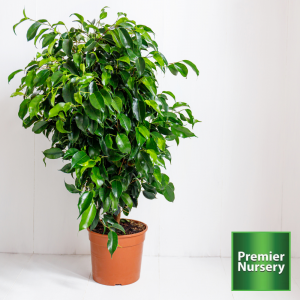
Ficus houseplants are known for their beautifully vivid and waxy green leaves and dark stems. The plants have a single trunk that can grow up to about 10 feet, depending on the type. These plants, because of their heights, are perfect for corners or empty space. These plants also need environments that don’t go below 60 degrees Fahrenheit.
Benjamina (Weeping Fig)
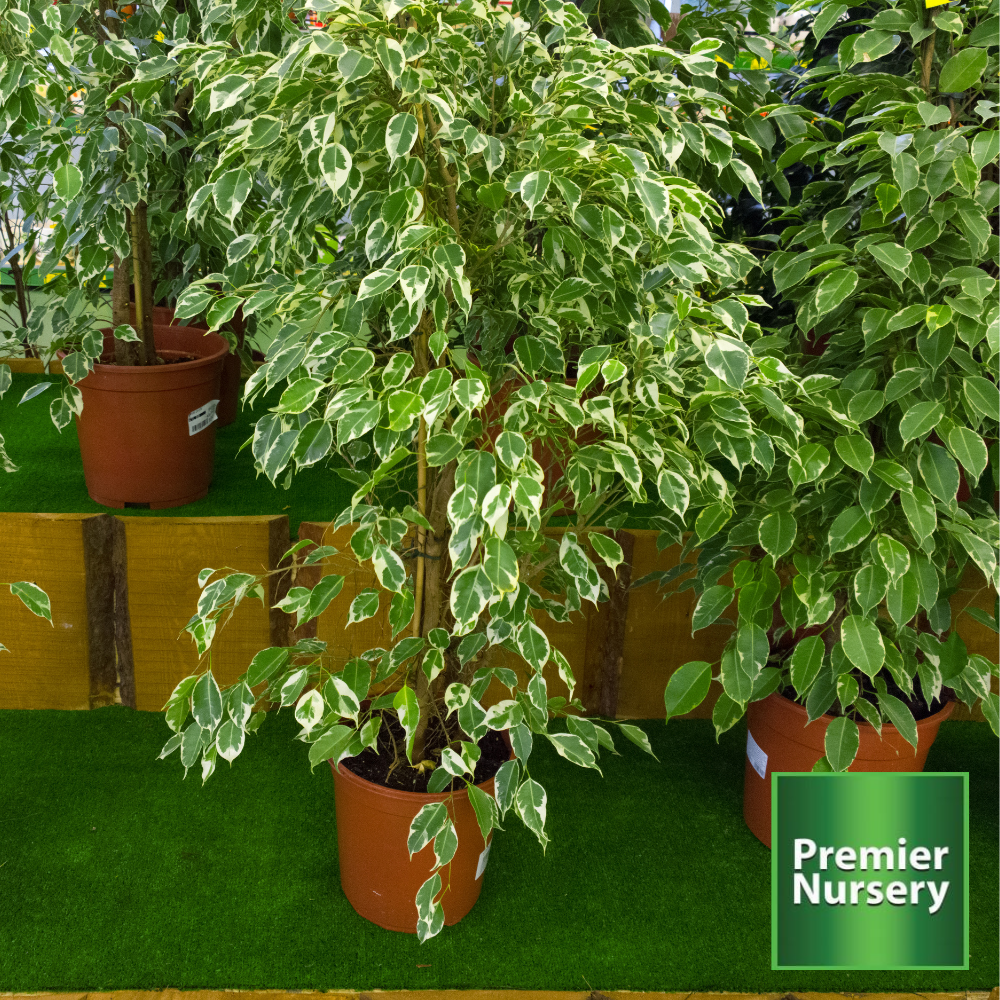
Ficus Benjamina (Weeping Fig) can grow up to 10 feet high. The Weeping Fig also needs bright yet indirect sunlight. Weeping Figs are notorious for their trunks’ ability to be braided. If desired, the Weeping Fig can be pruned and kept bushy. The soil must be kept moist and overwatering must be avoided. In order to imitate a tropical environment, you can mist the leaves occasionally with a spray bottle.
Schefflera
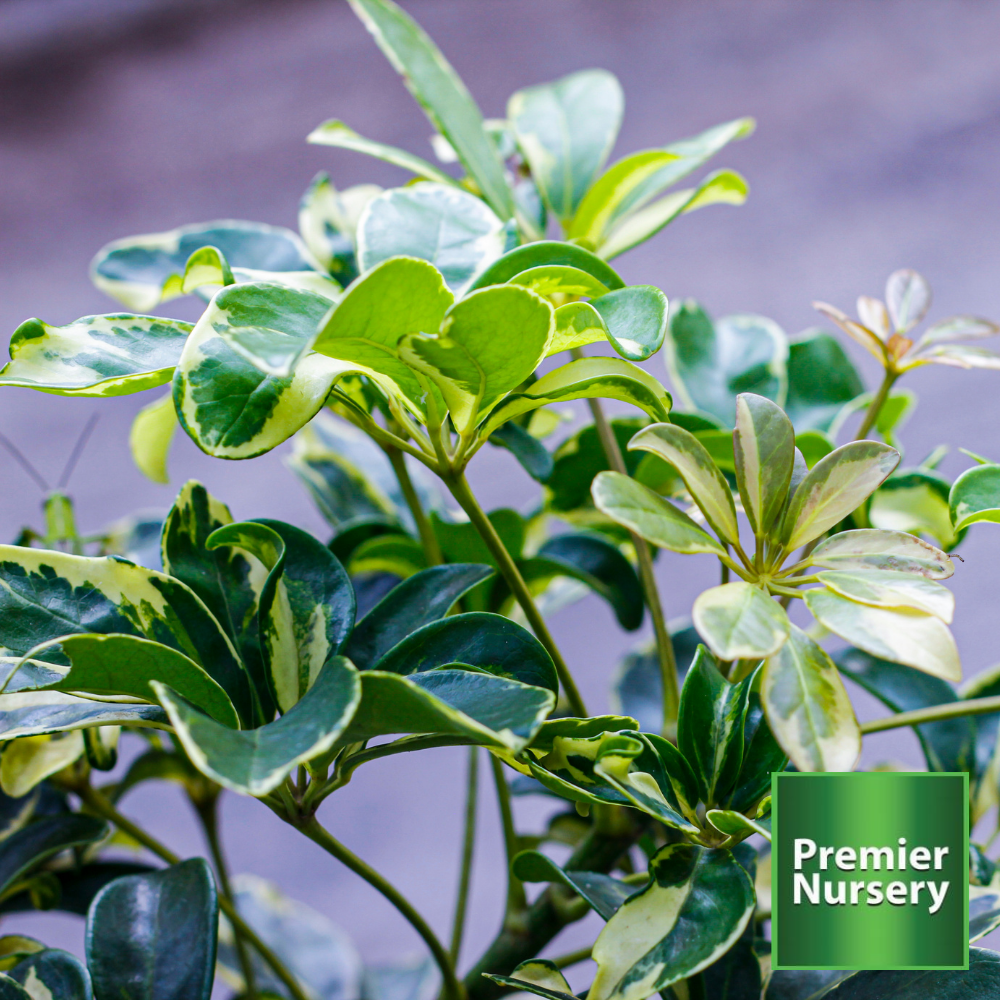
Schefflera houseplants are also known as umbrella trees. That’s because the leaves flay out like an umbrella.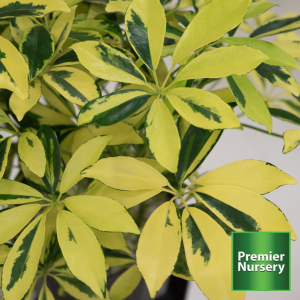 These houseplants are easy to maintain with light requirements of medium to bright indirect light. It is fairly easy to tell if the plant isn’t getting enough sunlight because the plant will become too leggy. Umbrella trees can be pruned generously.
These houseplants are easy to maintain with light requirements of medium to bright indirect light. It is fairly easy to tell if the plant isn’t getting enough sunlight because the plant will become too leggy. Umbrella trees can be pruned generously.
Assorted Indoor Palms
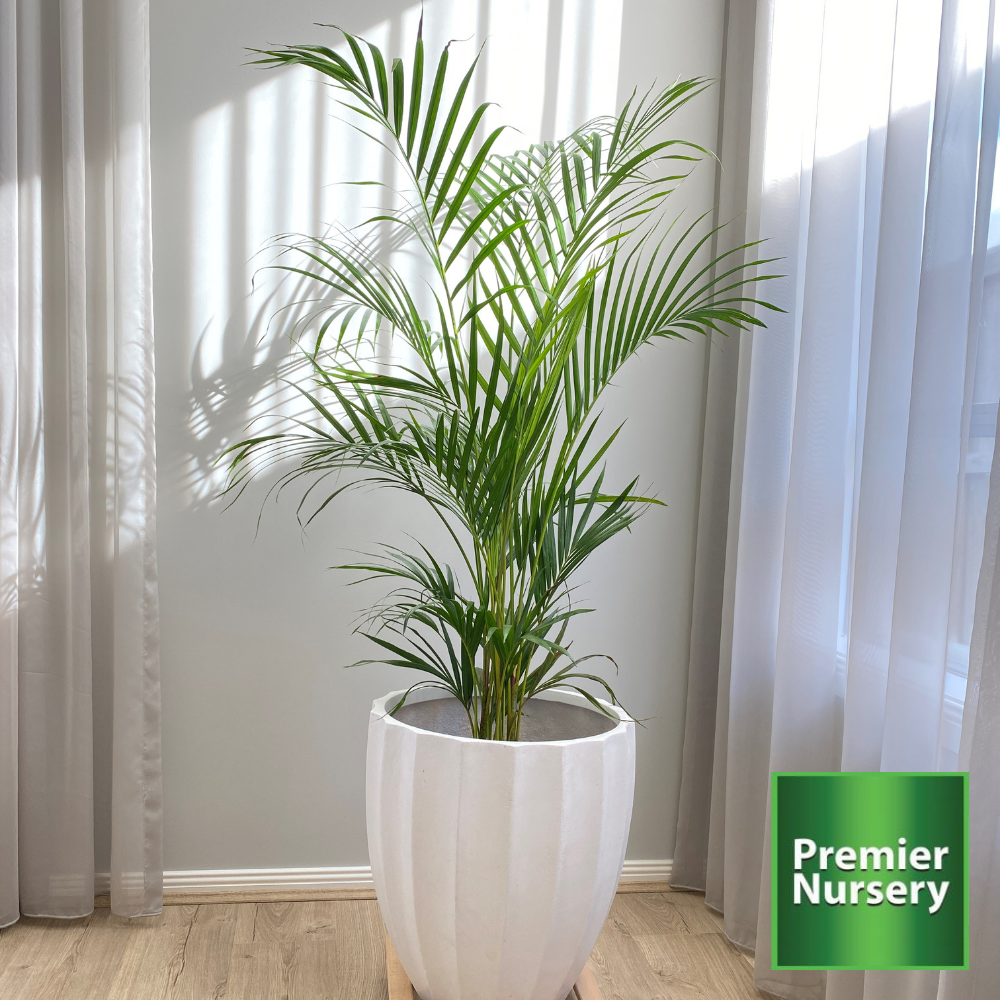
Indoor palms are elegant and beautiful with a tropical flair. Indoor palms are in the family Arecaceae. Indoor palms are characteristic for their signature leaves, known as fronds, which are compound and evergreen. Keep the soil well-drained and moist. These houseplants are perfect for corners and foyers. Keep your palms where there is low light.
Cactus
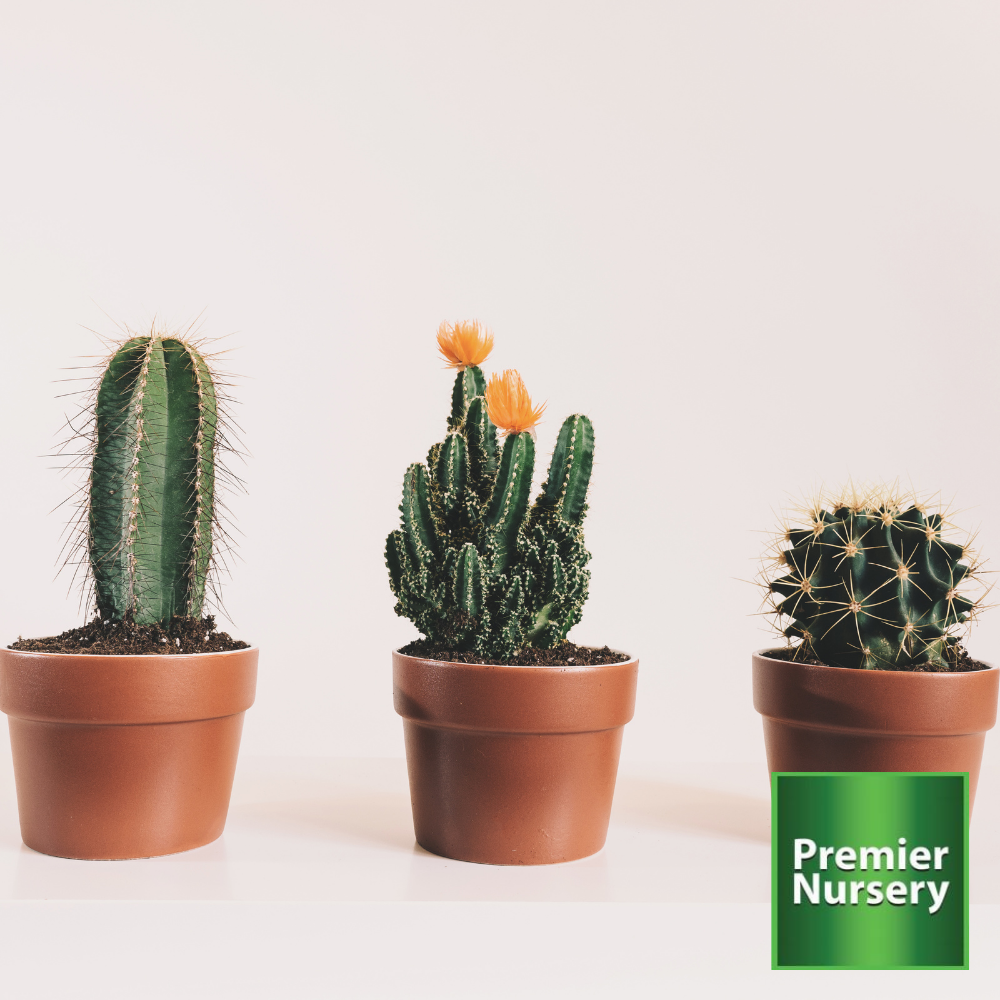
Cacti that are easily grown as houseplants are in the Cactaceae family.
Cacti are great for houseplant lovers who like a challenge. They are beautiful in window sills that are not cool and drafty, or on any shelf that gets sufficiently strong light. Additionally, they are beautiful in hanging baskets.
Cacti need particular fast-drying, porous soil, are slow-growing, and need environments where the temperature doesn’t dip below 55 degrees Fahrenheit.
Dracaena
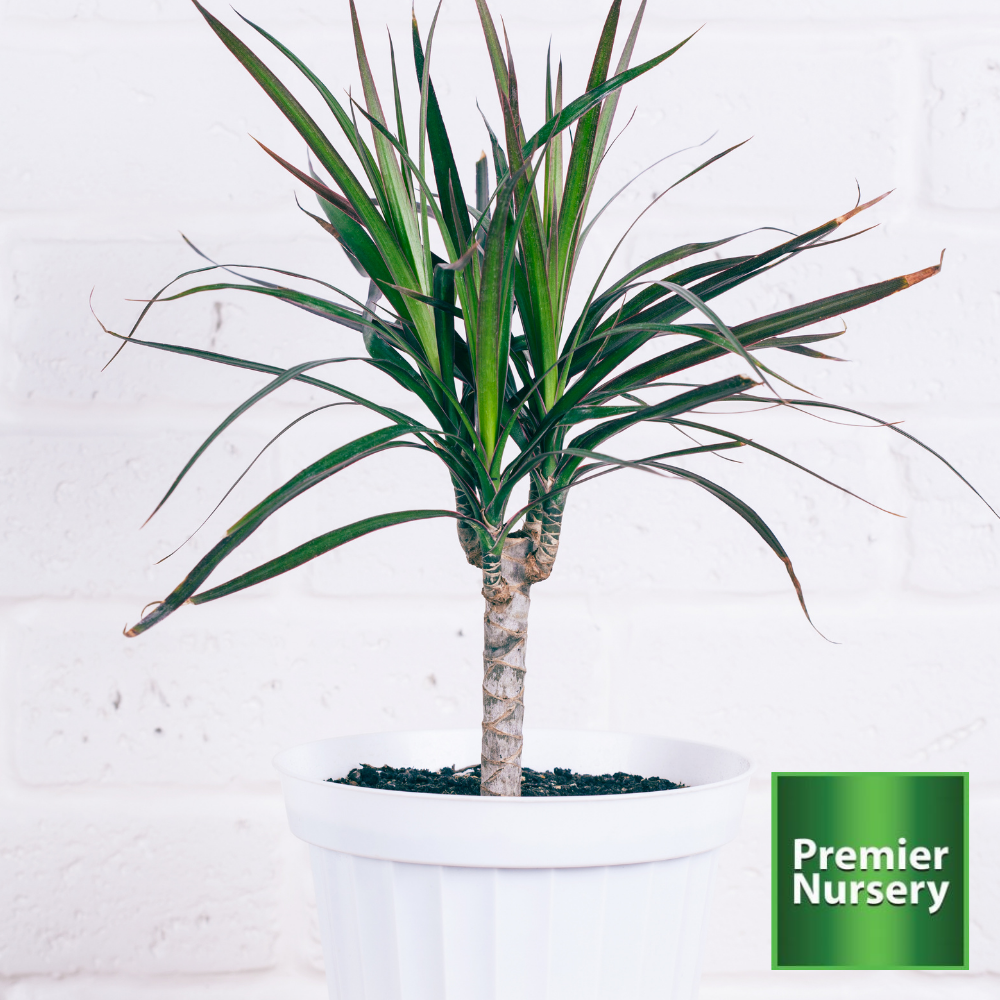
Dracaenas have a very unique look because of their stems, which are called canes, and palm-like leaves, which are actually called straps. Dracaena can be small or large with heights varying from 6 to 10 feet tall. You can prune your Dracaena at any point in time. Simply cut the cane at your desired height and watch new foliage pop up just below the cut. Never let the soil get soggy and keep the Dracaena in bright, filtered light with temperatures between 55 and 70 degrees Fahrenheit.
Bromeliad
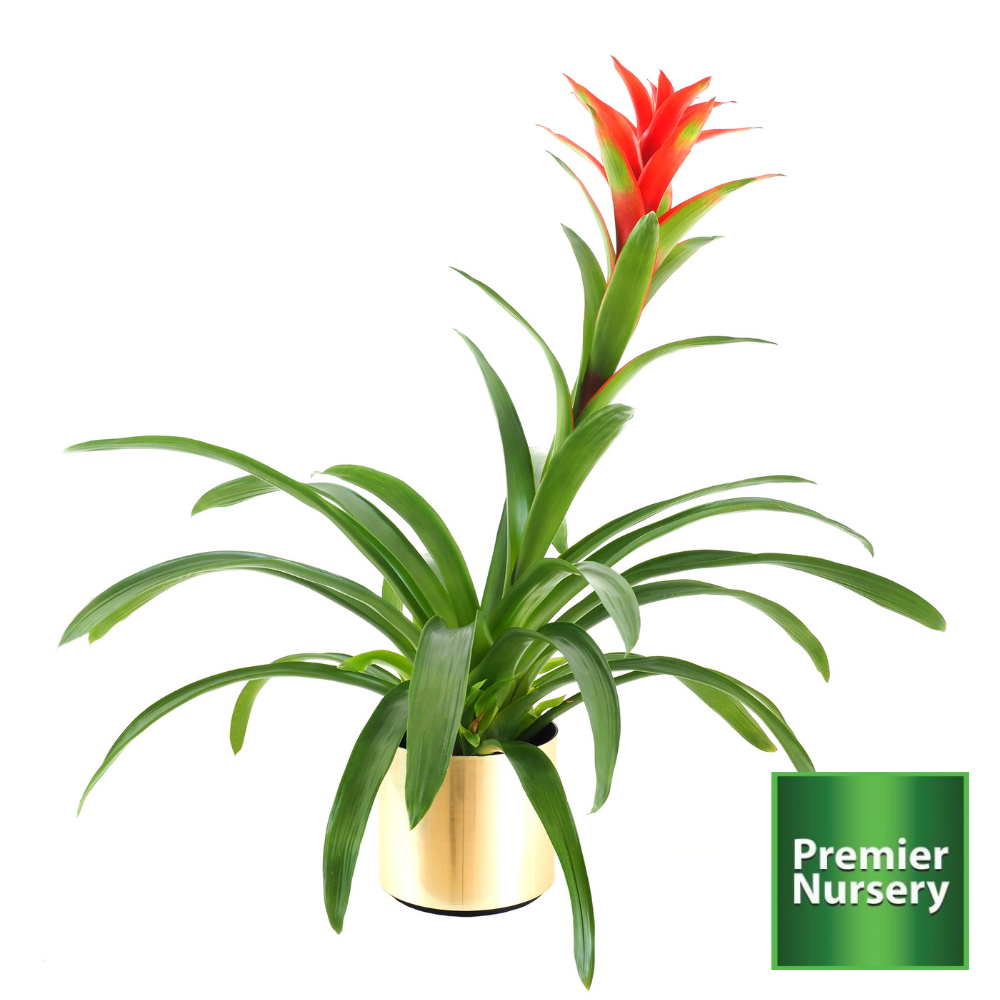
In nature, Bromeliads grow on trees, with their root systems growing lightly on trees. Bromeliads are great air plants. epiphytic. Bromeliads grow in red, green, purple, orange, and yellow. They require bright indirect sunlight. Bromeliads are slow to mature, taking anywhere from 1 to 3 years to reach full maturity. These plants can be terrestrial (grown in soil) or epiphytic (grown on other plants like trees). If grown in a pot, use a soil and sand mixture. Water your Bromeliad by misting the soil, or by pouring water in the center cup of the plant.
Croton
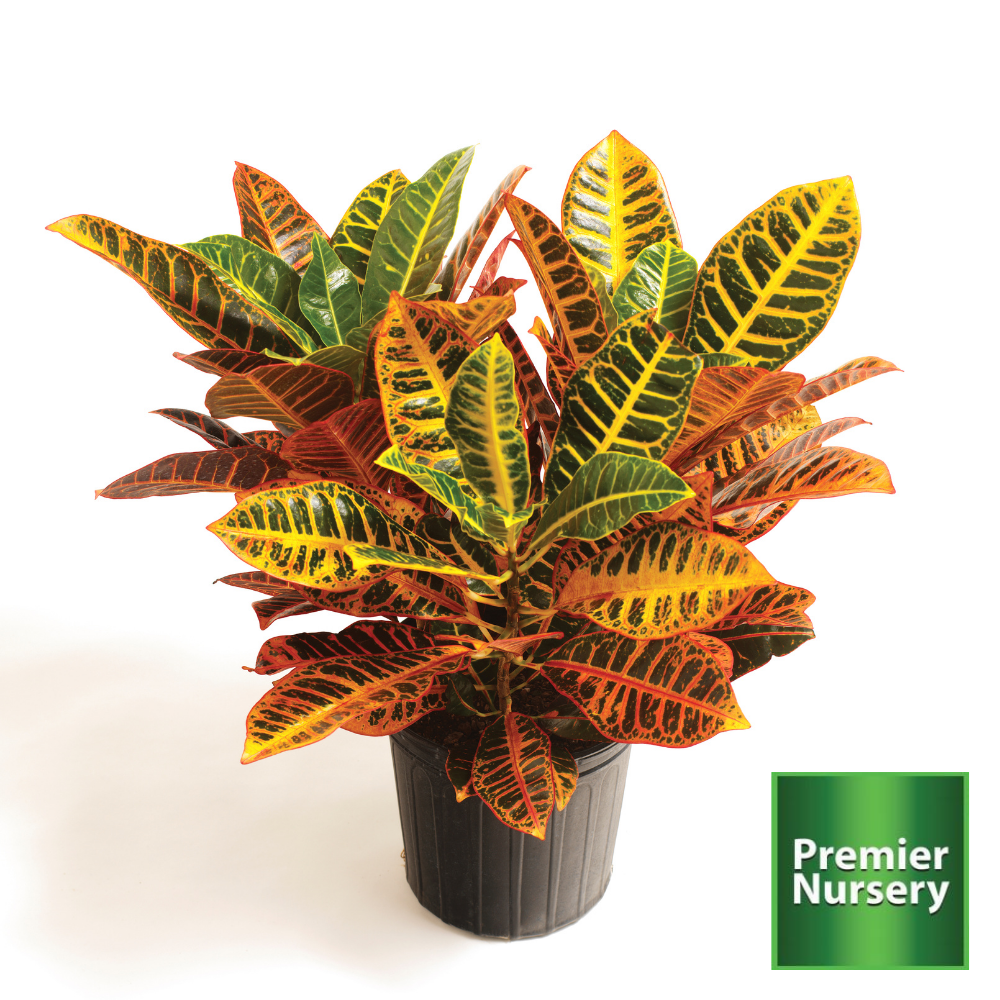
Crotons make beautiful houseplants, but can be finnicky. In nature, they can grow up to 10 feet tall, but as a houseplant, they remain much smaller. They require light based on the color of the leaves. A rule of thumb to remember is, the brighter the leaves, the bright the light requirement. Crotons come in green, variegated, red, yellow, orange, cream, pink, and black. Keep the plant misted about once a week with temperatures that don’t dip below 60 degrees Fahrenheit.
Anthurium
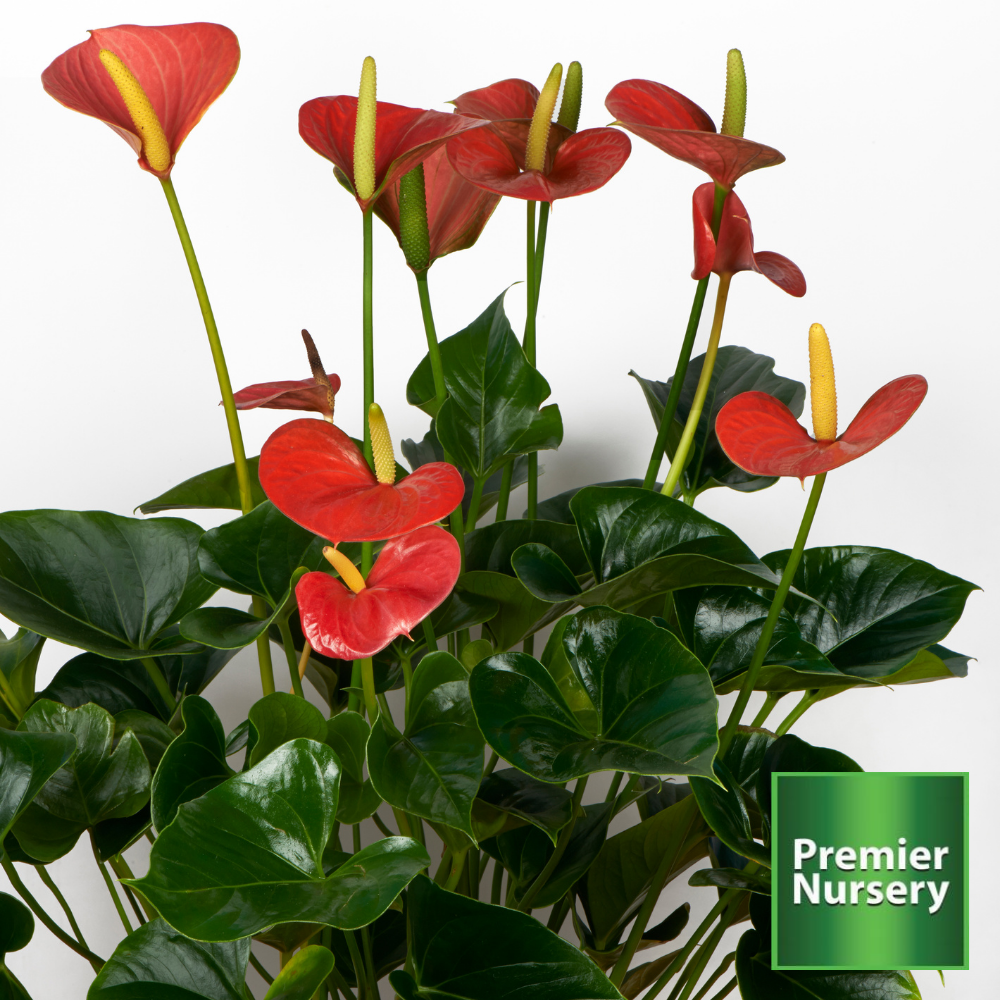
Anthurium showcase beautiful, heart-shaped blooms that are vibrant and waxy. The more the sunlight the Anthurium receives, the more blooms will appear. However, it’s important that the sunlight that the plant receives is indirect as direct light could burn the leaves. Place the plant in a warm, humid spot.
These unique plants originated in the Andes Mountain Range in Columbia and Equador. Mis your Anthurium and water when the soil is half-dry.



